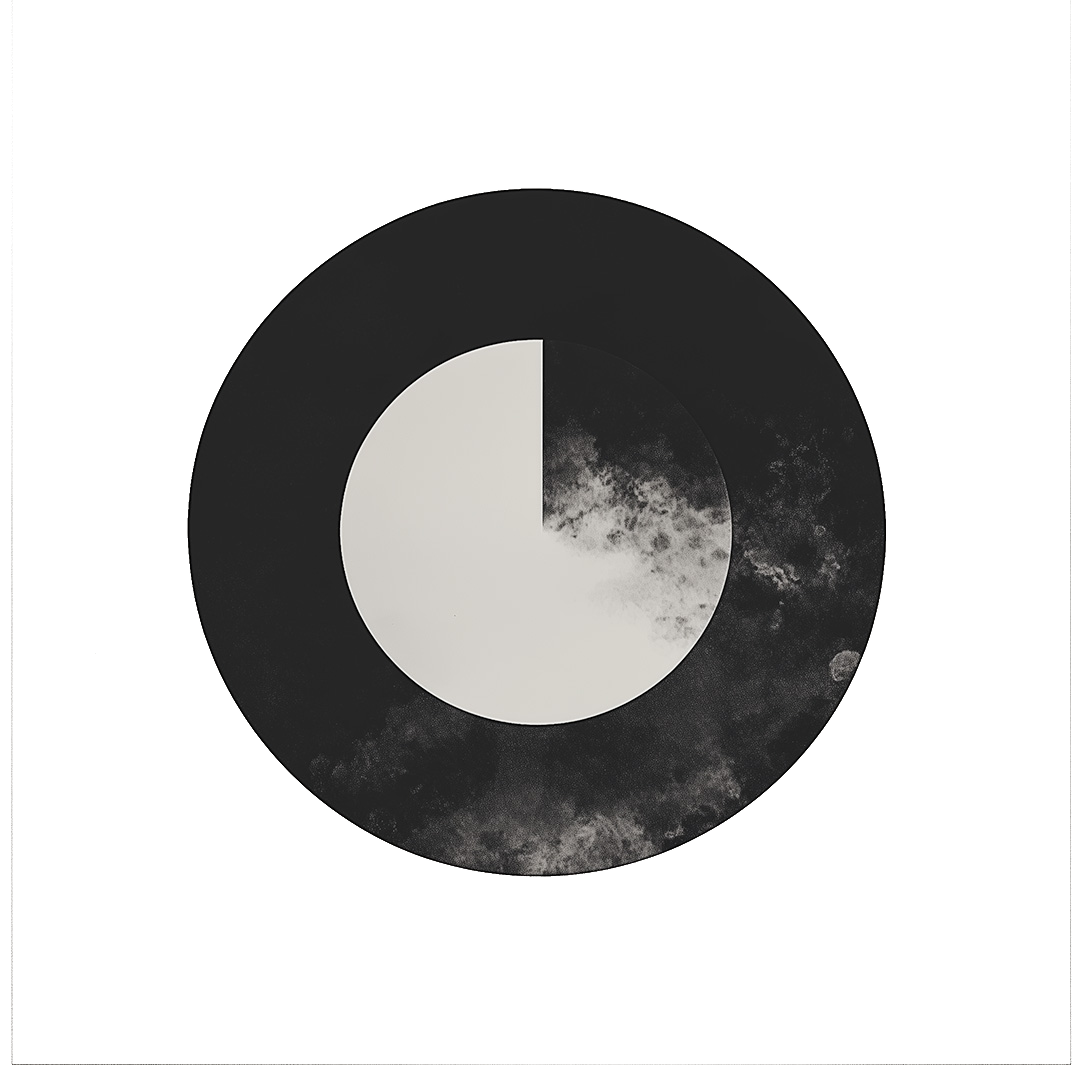Perspectives
image above generated with AI
Rule from the process
There goes a story in which a king asks his most respected painter to paint him the perfect frog. The painter, faced with no alternative, accepts, requests extraordinary conditions: a small palace with a fountain and live frogs, silence, every pigment and colour he might need, space for contemplation, assistants, and a year’s worth of time. The king accepts. This seems, after all, the minimum requisite for a masterpiece. The painter settles into the palace. Days, weeks, months pass. Only a few scattered sketches appear. Impatient, the king calls for an audience. Humbly the painter reassures him: the work is in progress. Near the year’s end, a grand presentation is prepared. Courtiers, dignitaries, dependents gather in the regal hall. A large canvas stands covered. Assistants draw back the cloth. The audience gasps: the canvas is blank. Then, with measured calm, the painter takes a large brush, dips it into several colours, and with a handful of strokes produces the image of a frog: perfect, exact, almost alive.
At the Generative Center we often return to this argument: working with AI models means working in relationship. Workflow works in unison with a procedural decision, narrative composition, and the conception of a film. To attempt to simply graft AI onto a traditional production pipeline, pre-production, shooting, post-production, exhibition, without reconsidering its relational impact will almost certainly produce disruption.
There are several reasons to account for:
Relationship.
Generative machine learning, Large Language Models (LLMs), interpret and exchange through prompting, style references, and contextual evaluation of meaning. Crucially, results vary between iterations: prompt the same description of an image or animated sequence twice, and you will likely receive two different outputs. It is interesting to think of it as a creative exchange rather than a power struggle. It is not a matter of who is in control. There is a common strive toward a shared articulation. The dynamic resembles holding a bull by its horns: sometimes it moves where you intend, sometimes it swerves unpredictably. Yet the deviation itself becomes valuable, for it introduces surprise.
Structure.
Large Language Models, though architecturally structured on vast statistical correlations (tokens, embeddings, probability weights), it is “structured like a language.” In practice, this makes storytelling an organic exchange. Engaging with this dynamic opens new creative pathways: processes overlap, writing and editing blur, and decisions about scenes emerge iteratively rather than linearly.Weight.
AI-generated images and sequences are built from immense datasets, compositions distilled from millions of tokens. The result carries a unique “weight.” Until recently (through early 2025), AI imagery was easily recognizable: a synthetic sheen, an oddly plastic perfection, betraying its origin. Now, with accelerated model refinement, the visual register has shifted. Perspectives can be subtly skewed yet strangely evocative. The uncanny is still there, yet masked by contained expression. The is a mirrorlike quality without really being a mirror at all. This alters the cinematic weight of sequences: tone, rhythm, climax, montage itself demands a position and presence that starts within each of us. Traditional editing must adapt to this new compositional gravity.
AI-generated images and sequences are built from immense datasets, compositions distilled from millions of tokens. The result carries a unique “weight.” Until recently (through early 2025), AI imagery was easily recognizable: a synthetic sheen, an oddly plastic perfection, betraying its origin. Now, with accelerated model refinement, the visual register has shifted. Perspectives can be subtly skewed yet strangely evocative. The uncanny is still there, yet masked by contained expression. The is a mirrorlike quality without really being a mirror at all. This alters the cinematic weight of sequences: tone, rhythm, climax, montage itself demands a position and presence that starts within each of us. Traditional editing must adapt to this new compositional gravity.
A case study may illustrate the importance to understand working with this technology through the process rather than to the product. During postproduction for feature documentary Les Échappées de Kabul (Tipimages Productions, Genève), various periods of production were examined and tested on how AI-generated imagery could interact with a narrative centered on three female protagonists. Early experiments suggested that inserting AI sequences risked overwhelming the film’s emotional core. The protagonists’ presence carried the story so fully, through lived experience, memory, and emotional resonance, that supplementing with AI visuals disrupted the film’s tonal consistency. The work continually pulled us back to the characters themselves. The workflow developed with the directing team unfolded through distinct stages:
- Finding and defining the style
- Establishing tone, palette, and visual structure
- Testing animated sequences
- Iterating integration, refining style and tone
- Balancing protagonist weight against impersonal AI imagery
- Final montage work, organizing sequences, testing and integrating still images, and assessing AI’s visual language
And this is precisely where things become interesting.
When we shift focus from product to process, we recognize that AI requires new ways of conceiving production. Often, what remains unseen, the discarded experiments, the invisible work, still constitutes essential labor. In the case of Les Échappées de Kabul, five months of AI-driven experimentation did not appear in the final product, yet gave to the film’s strength, coherence, and consistency to its human core.
image above generated with AI
